Nestled in the melodic embrace of Peru’s rich musical tapestry, the name Manuel Donayre resonates like a cherished refrain. Born on August 4, 1939, in Chincha, Peru, Donayre emerged as a virtuoso charanguista and a custodian of the nation’s cultural heritage. This blog unveils the captivating biography of Manuel Donayre, exploring his humble beginnings, the enchanting journey through Peru’s diverse musical traditions, and the enduring legacy he leaves as a folklore maestro.
Early Life in Chincha:
Manuel Donayre’s story begins in the vibrant coastal town of Chincha, a cultural hub nestled in the Ica Region of Peru. Surrounded by the Afro-Peruvian rhythms that define Chincha’s cultural identity, Donayre’s childhood was infused with the spirit of the land’s diverse musical traditions. The sounds of marinera, festejo, and the soulful melodies of the charango would become the building blocks of his future musical odyssey.
Discovery of the Charango:
Donayre’s journey into the world of music took a decisive turn when he discovered the charango, a small Andean stringed instrument with a distinctive sound. His affinity for this instrument became the catalyst for a lifelong dedication to mastering its intricacies. Donayre’s skillful handling of the charango would later earn him acclaim as one of Peru’s foremost charanguistas.
Rise to Prominence:
Manuel Donayre’s ascent to prominence in Peru’s music scene unfolded in the 1960s, a period marked by a renewed interest in the nation’s folk traditions. His virtuosity on the charango and his heartfelt renditions of traditional songs captured the attention of audiences and fellow musicians alike. Donayre’s performances became a bridge between the past and the present, preserving the authenticity of folk music while infusing it with a contemporary vibrancy.
Folklore Revival and Cultural Identity:
During a time when Peru was undergoing social and cultural shifts, Manuel Donayre played a pivotal role in the revival of folklore traditions. His commitment to preserving the authenticity of regional music, particularly Afro-Peruvian and Andean genres, contributed to a renewed sense of cultural identity. Donayre’s music became a vehicle for connecting audiences with the soulful narratives embedded in Peru’s diverse cultural landscapes.
Charango Virtuosity:
Donayre’s mastery of the charango is a testament to his dedication and love for the instrument. The charango, with its small body and distinctive, high-pitched tones, is known for its intricate fingerpicking style. Donayre’s nimble fingers danced across the strings, coaxing out melodies that echoed the beauty of Peru’s landscapes and the resilience of its people.
Collaborations and Musical Innovation:
Manuel Donayre’s artistic journey was marked by collaborations with other renowned musicians, a testament to his versatility and willingness to explore new musical horizons. His collaborations ranged from traditional folk musicians to contemporary artists, showcasing his ability to adapt folkloric elements to different genres. Donayre’s innovative approach contributed to the evolving landscape of Peruvian music.
Marinera: The National Dance of Peru:
One of the genres that became synonymous with Manuel Donayre’s name is marinera, the national dance of Peru. Known for its graceful movements and intricate footwork, marinera is a celebration of cultural fusion, blending indigenous, Spanish, and African influences. Donayre’s renditions of marinera not only showcased his vocal prowess but also became anthems that celebrated Peru’s rich cultural diversity.
Afro-Peruvian Roots:
Deeply connected to his Afro-Peruvian roots, Donayre’s music often paid homage to the cultural heritage of Chincha and the contributions of Afro-Peruvian communities to the nation’s identity. Through the rhythms of festejo and the poignant lyrics of Afro-Peruvian songs, Donayre’s music served as a tribute to the resilience and creativity of his ancestral roots.
Social Commentary Through Song:
Beyond the enchanting melodies, Manuel Donayre used his music as a medium for social commentary. His lyrics often delved into themes of love, social justice, and the beauty of Peru’s landscapes. Donayre’s songs became a mirror reflecting the aspirations and challenges of his fellow countrymen, earning him a place not just in the realm of entertainment but also as a storyteller of the Peruvian experience.
Legacy of Cultural Preservation:
Manuel Donayre’s legacy extends beyond his contributions to Peruvian music; it is a legacy of cultural preservation. His commitment to folklore traditions ensured that the ancestral melodies of Peru would continue to echo through generations. Donayre’s impact lies not only in the notes he played on the charango but in the hearts and minds of those who have been touched by the cultural richness he so passionately preserved.
Recognition and Awards:
Manuel Donayre’s virtuosity and cultural contributions have been recognized with numerous awards and accolades. His influence extends beyond national borders, earning him international acclaim for his role in showcasing the beauty and diversity of Peruvian music. Donayre’s recognition as a cultural ambassador underscores the global significance of his musical journey.
Teaching and Mentorship:
As a revered figure in Peru’s musical landscape, Manuel Donayre also took on the role of a teacher and mentor. His knowledge of traditional music, particularly the charango, was shared with aspiring musicians, ensuring that the artistry and techniques associated with the instrument would be passed down to future generations. Donayre’s commitment to education further solidifies his status as a cultural guardian.
Personal Resilience and Musical Evolution:
Donayre’s life story reflects not only artistic brilliance but also personal resilience. His ability to navigate the evolving landscape of the music industry, confront challenges, and adapt to changing times is a testament to his enduring passion for the craft. Manuel Donayre’s journey is a harmonious blend of tradition and innovation, a reflection of the dynamic nature of Peru’s folkloric traditions.
Conclusion:
IIn the lyrical chords of Manuel Donayre’s charango, one hears the heartbeat of Peru. His biography is a melodic journey through the diverse landscapes of Afro-Peruvian and Andean traditions, a celebration of cultural richness, and a legacy of unparalleled virtuosity. From the coastal rhythms of Chincha to the global stage, Donayre’s music became a cultural bridge, connecting audiences with the soul-stirring narratives of Peru’s folklore. As the charanguista maestro bids farewell to the earthly stage, his legacy lives on—a testament to the enduring power of music to preserve, inspire, and unite. Manuel Donayre’s life is a lyrical ode to the beauty of Peru’s cultural heritage, and in the echoes of his charango, the spirit of folklore dances through time, inviting generations to embrace the melodies that define the soul of a nation.
.- Youtube Feature Video: MANUEL DONAYRE en CONCIERTO (Completo) NOCHE DE ESPECTACULO Link here.


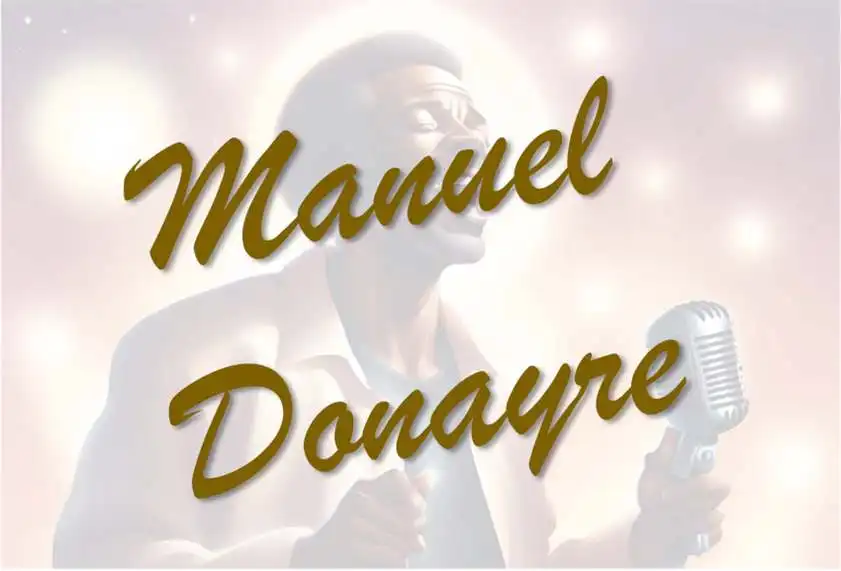
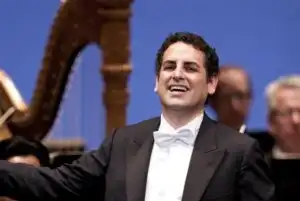
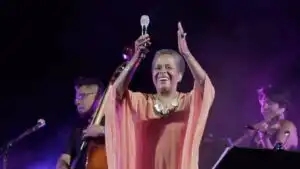
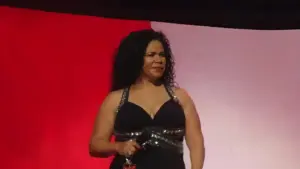
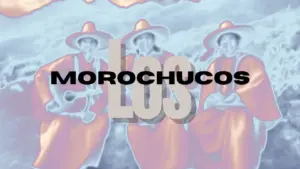
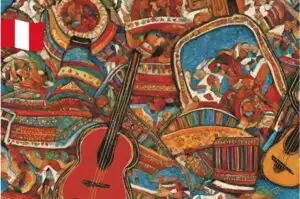
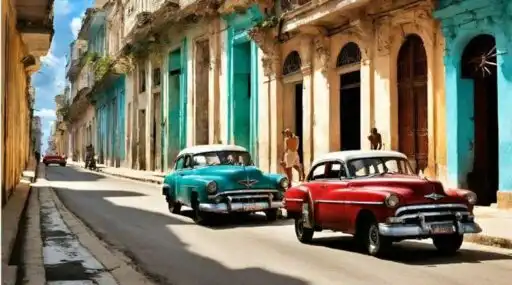
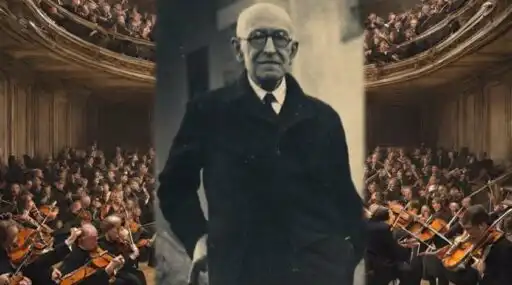
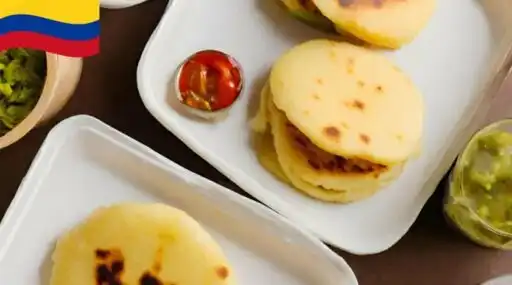
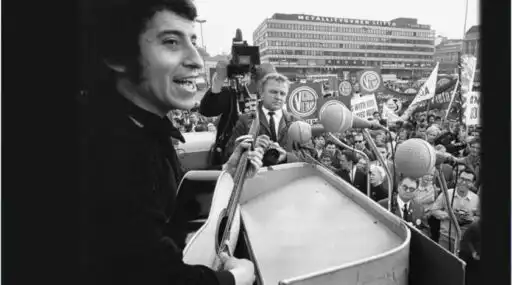
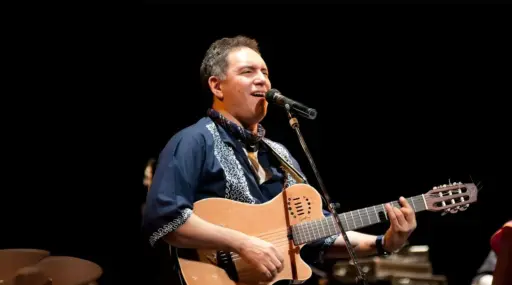
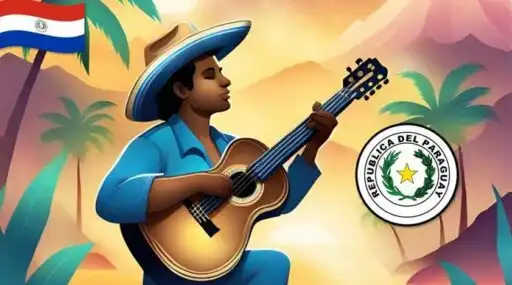
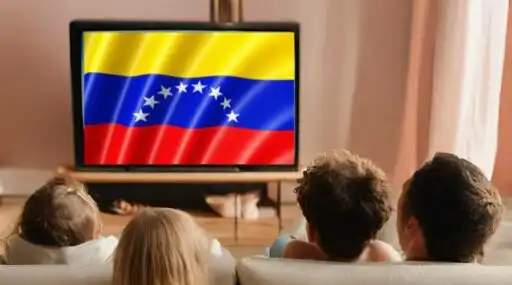
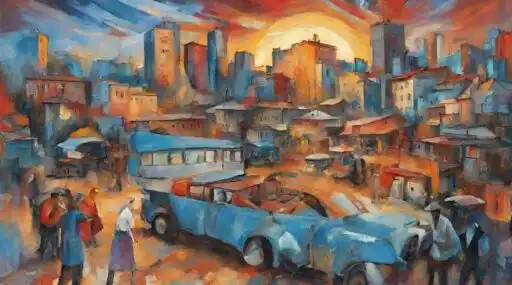
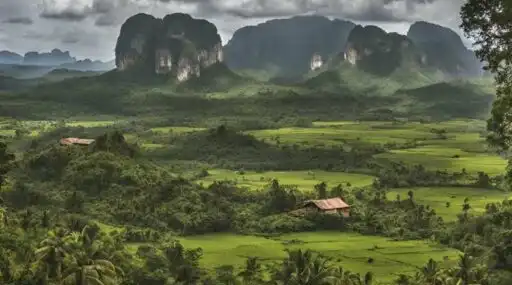
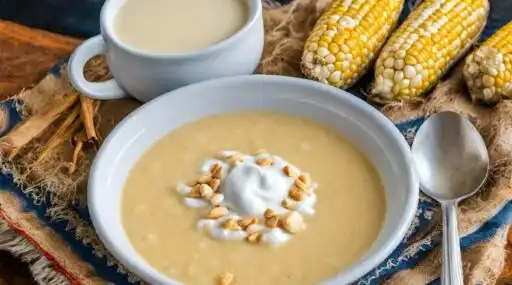
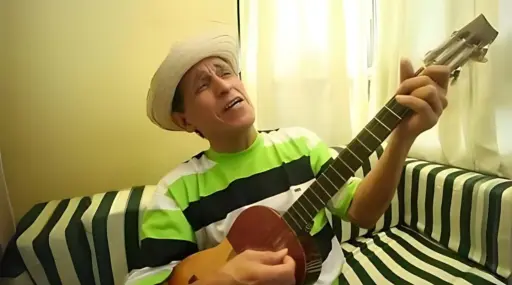
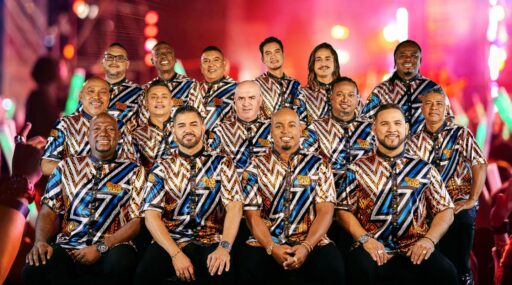
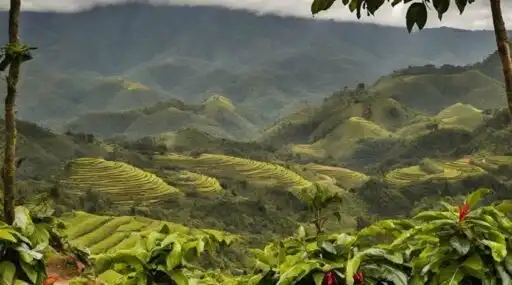
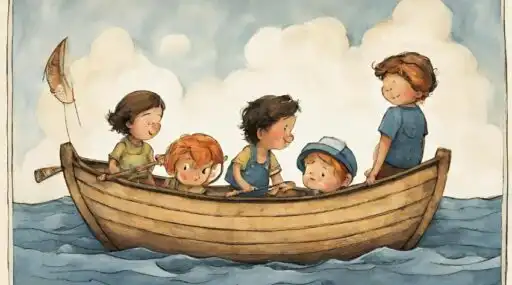
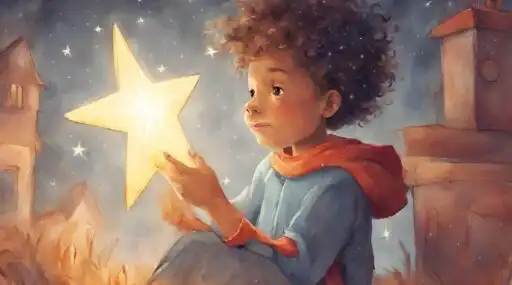
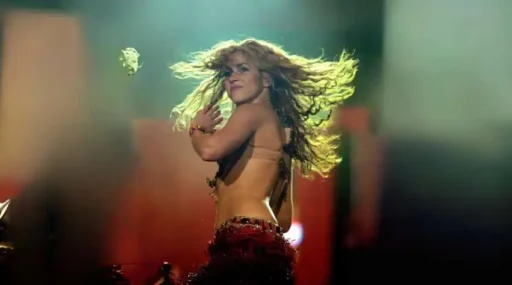
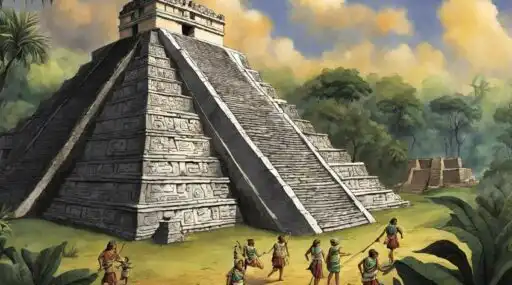
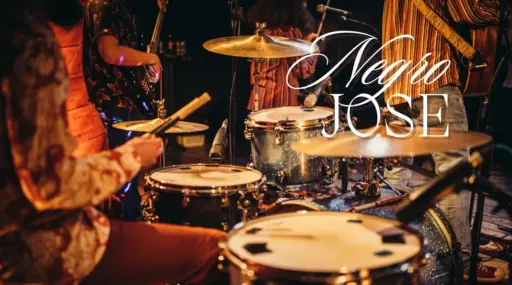
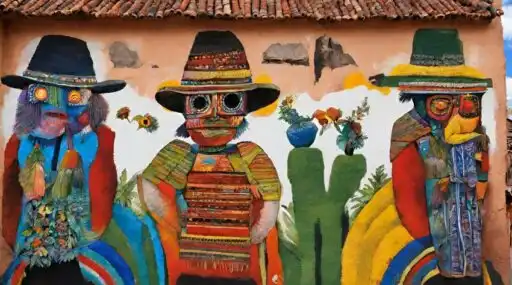
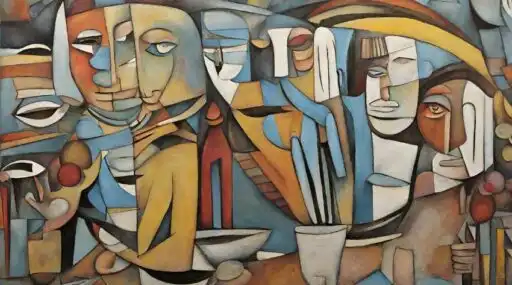

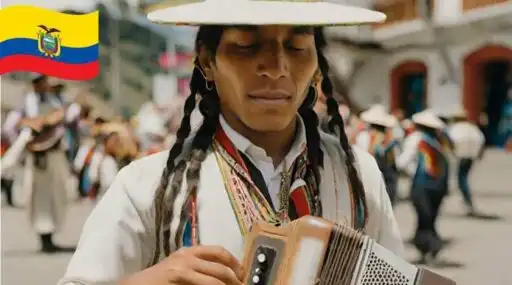
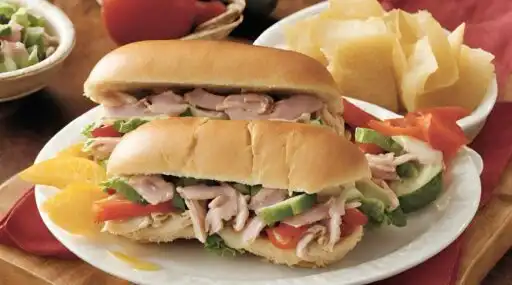
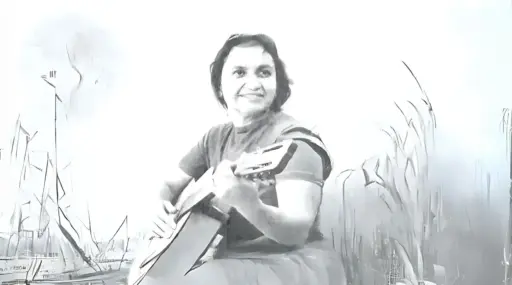
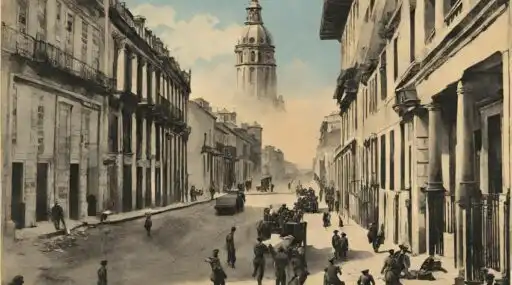
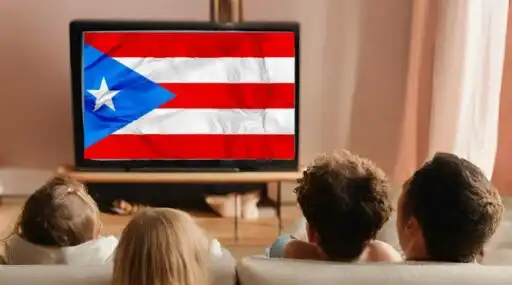
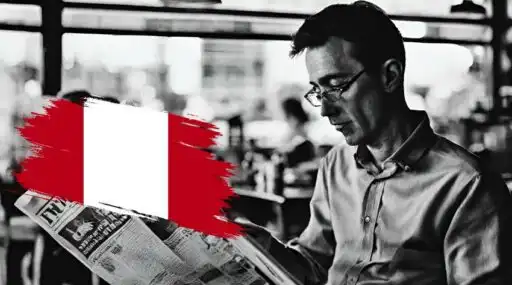
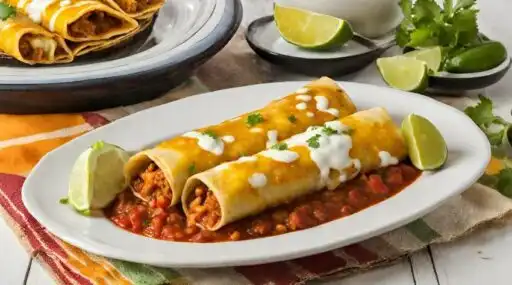
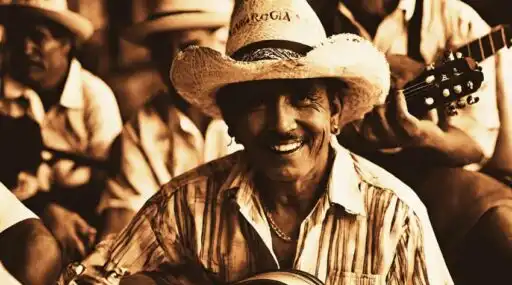
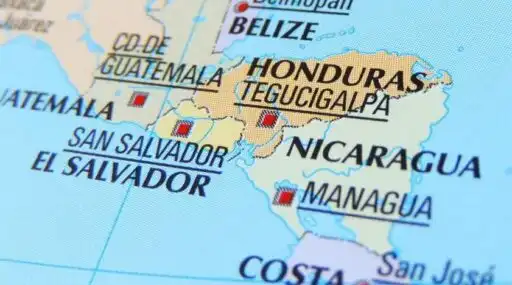
Leave a Reply